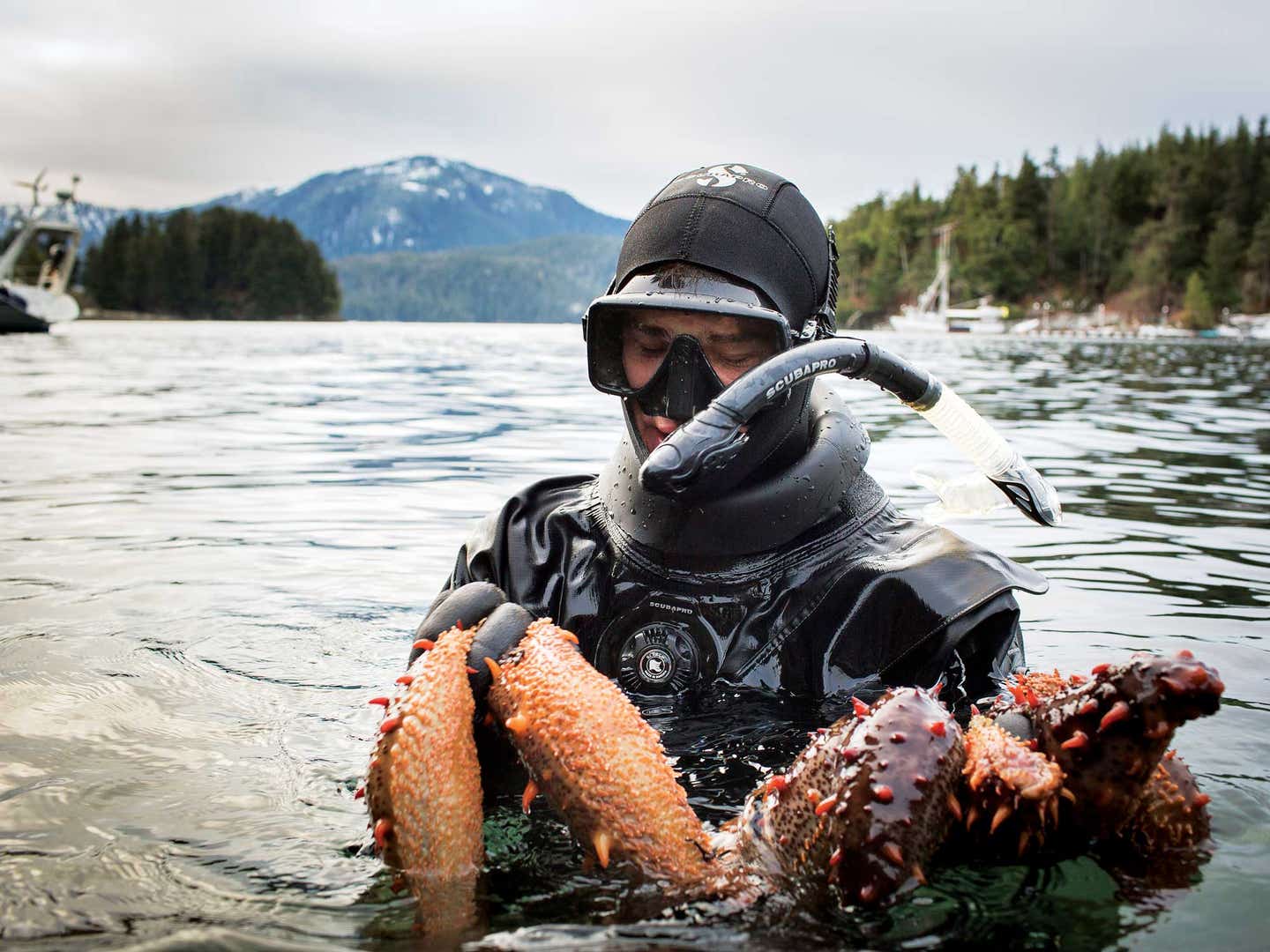
In Search of Alaska’s Deadliest Catch: The Sea Cucumber
As a cuke deckhand, your job first and foremost consists of making sure your diver survives
Hunter Mann-Dempster, professional sea cucumber diver, lives on Baranof Island in a house built on cedar pilings, a short ramble to the ocean through a copse of spruce and hemlock. He greets us in long underwear, mug of coffee in hand. Over the years I've come to notice divers in the Great North appear anemic, as if the cold has trimmed fat from their bones. Hunter is no exception. Like a medieval squire readying armor for battle, he lays out hoods, gloves, and dry suits over the lid of his hot tub. It's February. The water is in the 40s.
Hunter dips his head into a neoprene hood, cleans the glass of his face mask. Perhaps we'd have some luck, he wonders, across Eastern Channel at Pirate's Cove? "The otters have been kind of bad, so it might be good to find a place with some current," he says. Farther north, in Peril Strait? To make that work we'd need another 5-gallon jug of gasoline for the boat. If the weather held we'd make it back in time to cook the creatures on the Adak, my World War II tugboat tied up in the channel. But what I'm really thinking about now is a postdive dip in Hunter's hot tub. I know it gets up to, like, 104 degrees, warm enough to melt the ice cubes we will surely become while chasing sea cucumbers.
Here along the state's southeast coast, a place that travel guides call the Inside Passage, Parastichopus californicus—"cukes," affectionately—use tubed feet to anchor themselves to rocks, slipping into trenches, screwing themselves into the sea floor, surviving on sea mulch floating down like snow from above. On Mondays and Tuesdays, from October through December, about 200 permit-holding divers set out in pursuit of the elusive, horned, squishy creatures.
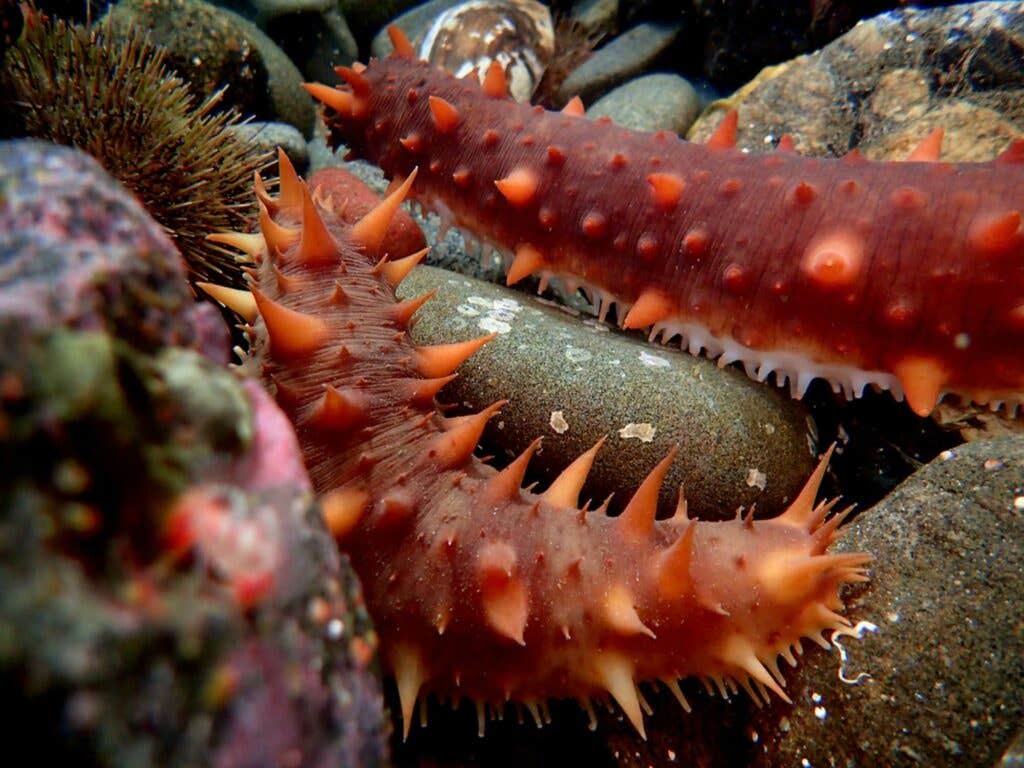
In 2005 I took a job aboard the Heron, a 48-foot Canadian-built seiner. Its skipper had a contract to collect cukes from dive boats and sail them north to the processor in Juneau. We'd leave Sitka in the early hours of the morning, the aurora borealis shivering chartreuse over the mountains, drop the hook, and go on channel 16 to advertise our price per pound. Around two in the afternoon dusk hit. We'd flip on the mast light, throw down the fenders, and unload dive boats with names like Moon Shadow, Chilkat, Wild Alaska. We wore emergency-orange fishing bibs and cotton glove liners that resembled nothing so much as ballroom gloves. After our last boat untied, Grant, the skipper, threw steaks into a cast-iron skillet, made muffins from black bananas, and popped in a VHS. We were kings aboard the Heron.
But if you'd asked me then if I had any interest in eating a sea cucumber myself, I would have laughed. These warty, slimy, sausage-shaped gastropods sloshing around in plastic bins held fast to the stern deck by canary-yellow truck straps? Try cleaning four thousand of them (each one earning me about 38 cents) while keeping a diver alive on the sea floor beneath you. The last thing you want to do when you get home is see another one, especially in the kitchen.
It was a delicacy best appreciated by someone else. The Indonesians, for instance, who began harvesting trepang off the Australian coast in the early 1800s. Or the Chinese, who eat the knobbed creatures smoked, salted, or dried, and powder the skins to use as an aphrodisiac for reasons clear to anyone who has seen a sea cucumber. Or the Japanese, known to enjoy cukes raw or salted and fermented. Some eat the skin, the intestines, the dried ovaries—the list goes troublingly on.
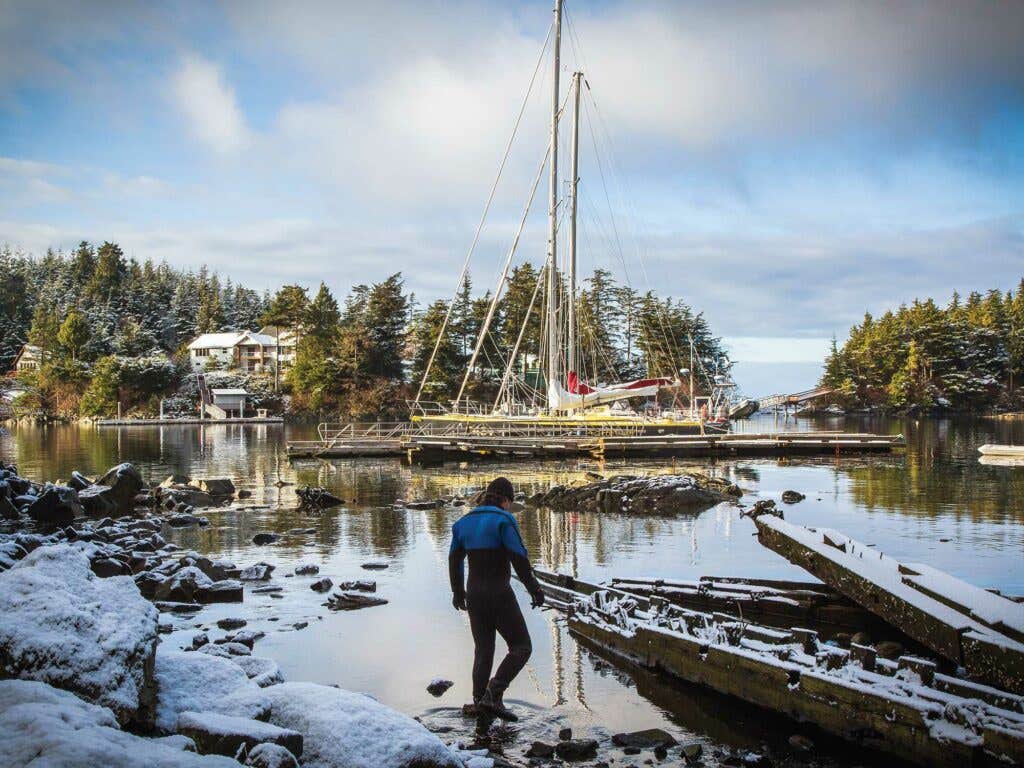
We dropped our product at Alaska Glacier Seafoods in Juneau. Workers in yellow aprons tacked the cukes to scarred plastic boards under fluorescent lights, a nutty stench thick in the air. They used razor knives to slice open the dun-colored bellies, scraping out five strips of ivory muscle running the length of the radial body. Outside, dudes smoked cigarettes in the rain and spoke in hushed tones while stirring cauldrons of boiling skins. I bit into a swatch of skin—curled and yellow. Briny. Spongy. But not bad.
As the tide comes up, and the sun lowers on the horizon, we plow our cove, finning back and forth, scouring the ocean floor. Underwater eelgrass heaves in the surge. Receding glaciers cleaved fjords between the mountains rising on each side, the ice leaving gashes on the rocks beneath us. Cones of speckled limpets and gumboots are stuck on tight. I come up for air, the winter sun white and round through a scrim of clouds. Hunter's got a hot tub, the man has a goddamn hot tub, I keep repeating to myself. Hunter dives deep, this time with oxygen, his progress along the ocean floor marked by boils on the surface as he works the ledge.
After I spent a year on the Heron, Spencer Severson, a mythic diver featured in the documentary Eating Alaska, invited me to deckhand for him. He worked off the Snorkel, a gunmetal-gray 28-foot Radoncraft dive boat. We'd motor out of town, Spencer's straw-colored hair blowing in the wind, sometimes running as far as 50 miles to our spot. As I came to discover, diving for sea cucumbers makes king crabbing in the Bering Sea look like a tea party. It is, by far, the most lethal job in Alaska, perhaps the world.
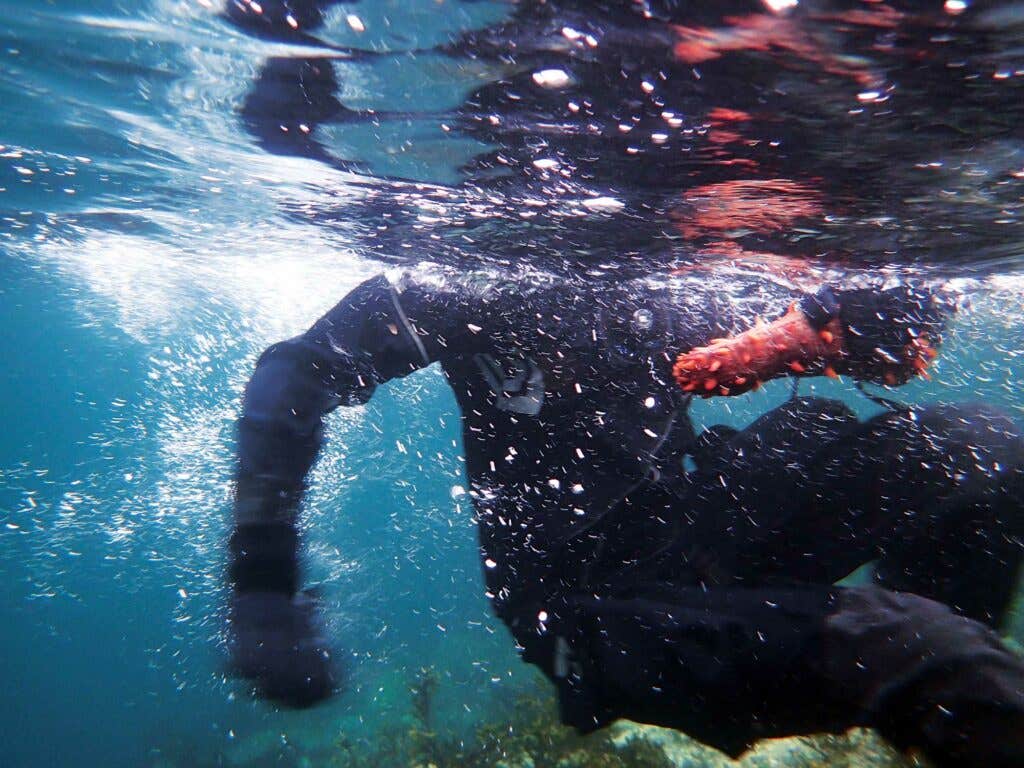
As a cuke deckhand, your job first and foremost consists of making sure your diver survives. The key to this project is the compressor, which provides surface-supplied air through a yellow hose, a diver's hookah. The hose can get fouled in the flywheel of the compressor. Or the boat propeller can slit it. Or the line tangles and you drag your diver along the bottom of the ocean. Or your compressor isn't properly maintained, and you send carbon monoxide instead of oxygen into his lungs, as happened recently to a cuke diver in Ketchikan. (Charges for manslaughter are pending.) Or a killer whale comes along and mistakes the diver for a seal.
Or your boat flips and sinks. Which is what happened to Spencer, when he was working with a partner. The two men swam ashore and spent the night in the woods in dry suits, keeping warm by using branches as cover, and cuddling. They walked 18 miles before being discovered by a search-and-rescue team.
Perhaps because of this constant proximity to death, divers are a quiet, lanky, whey-faced bunch. There was Burgess Bauder, who drove the Death Barge IV, the grim reaper emblazoned on the starboard side. And there was Blades, who lived with his family in a floating house that switched locations depending on the fishing season. Blades, who died while searching for cukes. "Cold and wet is normal, cold and wet is normal"—this was Spencer's mantra on the Snorkel.
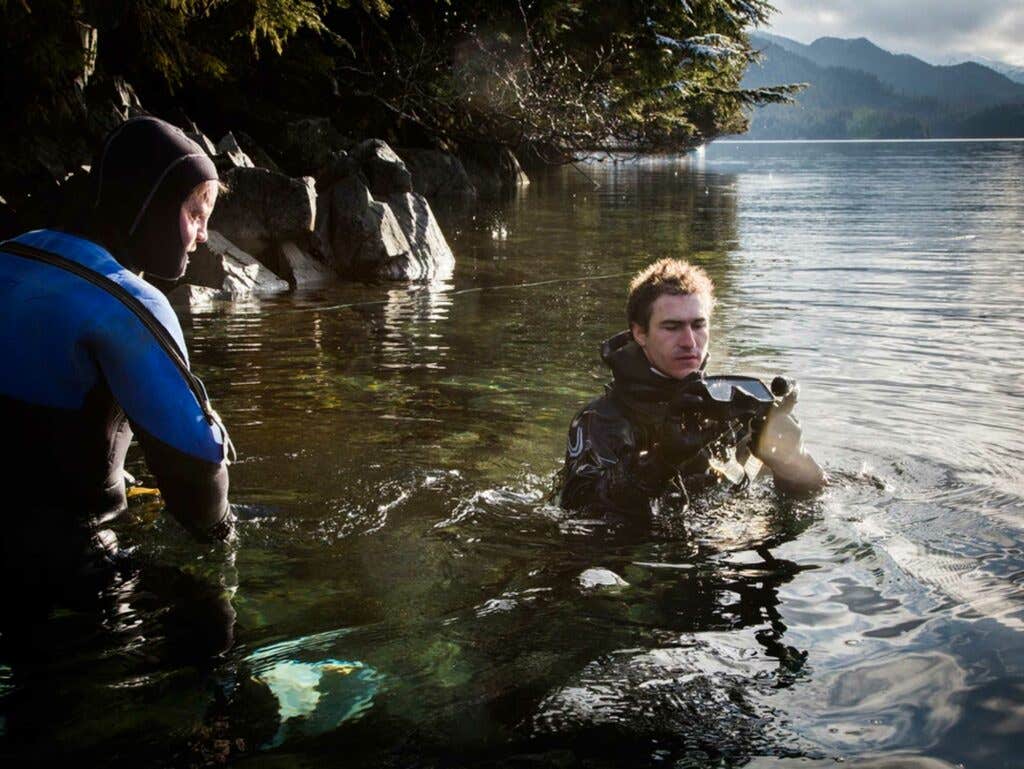
A mantra he passed along (with boat and diver's permit) to my friend Hunter Mann-Dempster. Now we're repeating it—"Cold and wet is normal, cold and wet is normal"—as glacial water floods our hoods, setting off an ice cream headache to the power of migraine. Our bodies are literally reacting as if they're dying, brain telling the heart to slow by half. "A weight belt would probably help," Hunter says as I try to go under.
Although I would like to, I cannot say exactly where we found our quarry. (Hunter would never talk to me again.) I can tell you Hunter emerged, holding two tangles of distended sea cucumbers at either side of his head. Also that we saw a grizzly bear chase a Sitka blacktail on the beach, that the engine on our skiff came close to dying, and I had to suck gasoline to clear ice from the line. That we saw perhaps 50 humpback whales along the way, along with a Zodiac packed full of Coast Guard cadets that pulled us over and gave us a ticket for not having a floating seat cushion. (Thanks guys.) And finally, that Hunter's hot tub did not work.
Sadness. Extreme sadness.
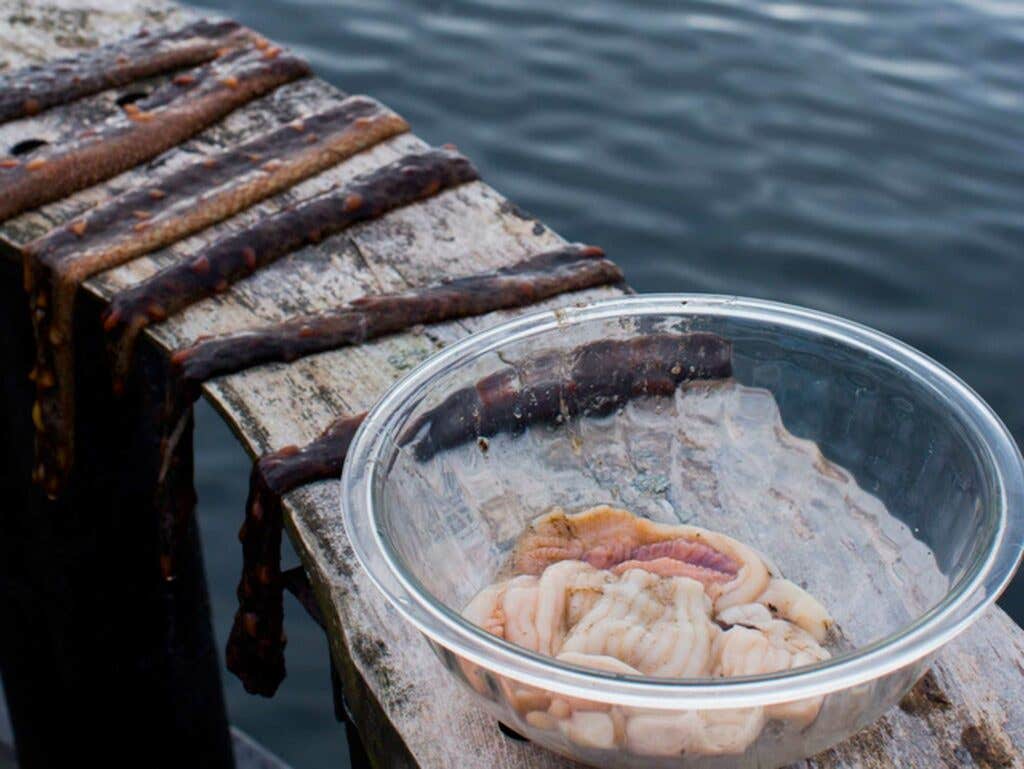
It starts to snow as we walk the docks to the Adak. On deck I drive a 16-penny galvanized nail through a section of plywood and impale our cukes. Slit open the belly, and begin stripping sheets of meat into a glass bowl.
Composer and pianist Erik Satie referenced sea cucumbers in his 1913 piece Embryons desséchés. Food critic Jonathan Gold waxes lyrical over the variations he's sampled at Asian restaurants, including some discovered in a Vietnamese shopping center on the outskirts of L.A. At Saison in San Francisco, sea cucumber skin has been transformed into chicharrones, and their "ribs" grilled over an open fire. In France and across Asia, cukes are thought to be good for the skin, pro-libido, anti-aging. But rarely do these folks praising them actually dive in the water to get the creatures.
Four years back, Scott Brylansky, my mentor in all things subsistence, showed me how to process, prepare, and eat cukes without gagging. Then suddenly I was searching for the creatures at low tide, asking around for recipes. Scott shared a couple of favorites, involving wild parsley, lovage, local greens that sprout in our temperate rainforest. Now, whenever I get the chance, I'll dig around at low tide, with the aim of working them over my molars.
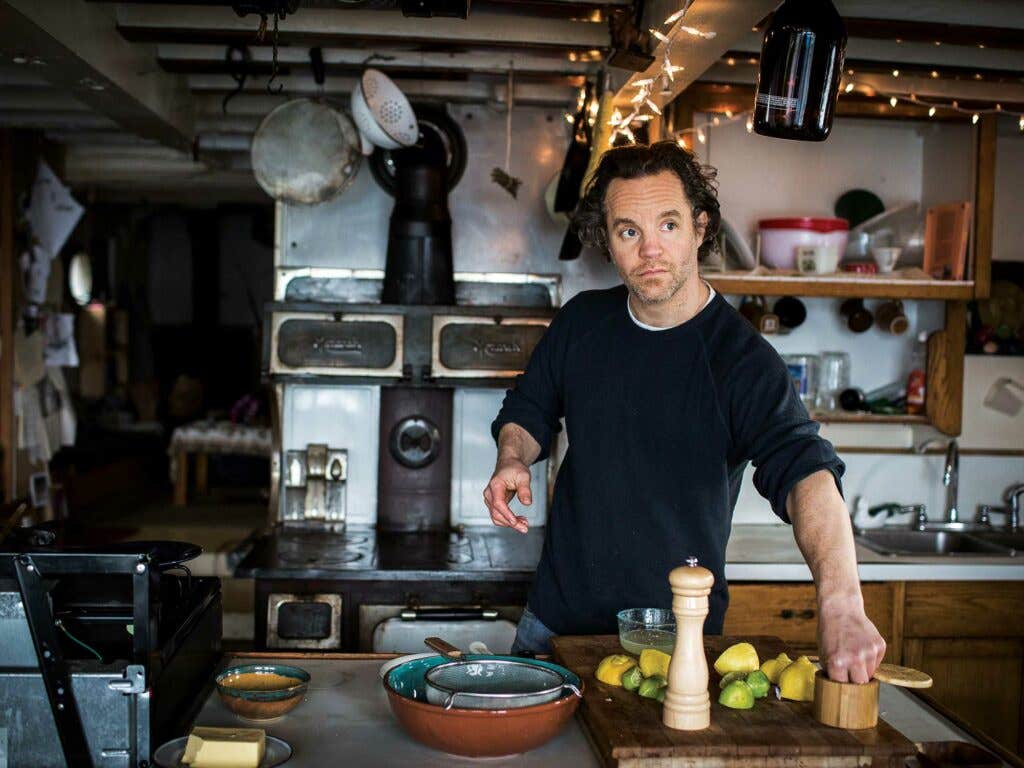
In an ancient Chinese manual of gastronomy, it's said that sea cucumbers "have little to no taste, are full of sand, and are remarkably fishy in smell. For these reasons, it is also the most difficult ingredient to prepare well."
I disagree, but don't take my word. Listen to Colette Nelson. The chef and owner of Ludvig's Bistro here in Sitka, she slices the cukes thin, dredges the meat in semolina, flash-fries and serves it all with a squeeze of lemon. "They're similar in texture to razor clams," Colette says. She should know—she once was employed processing them. She'll also sauté them in olive oil, with garlic, chile flakes, salt and pepper, and finish them with lime juice, cilantro, and bread crumbs.
I follow the rule of keeping wild foods as simple as possible. I cooked our cukes in butter and garlic. And I made a sea cucumber ceviche, cured with local Sitka spruce salt, lemons, limes, and pepper.
Cold tine of the fork, sea salt, and lime—but also the fish-rot smell of whale spume, sweet scent of gasoline, aloe of the Coastie's hand sanitizer. Miles of sea floor, tangle of pink intestines, the long drive home. Scrape as skin and flesh separate, spark of fire on the stove. White muscle crushing between your teeth.
Is it worth the effort and the risk? To an Alaskan, it most certainly is.
Keep Reading
Continue to Next Story










